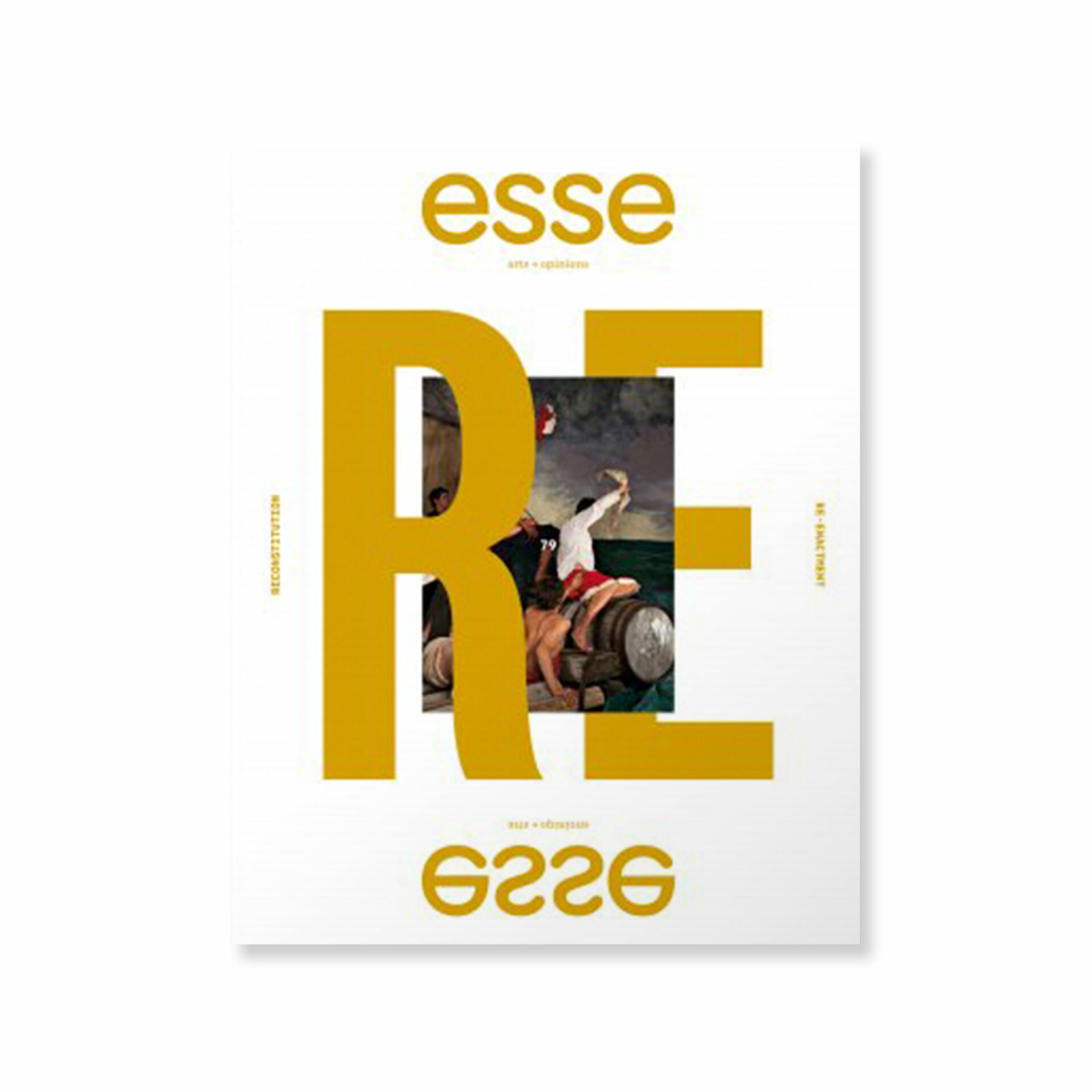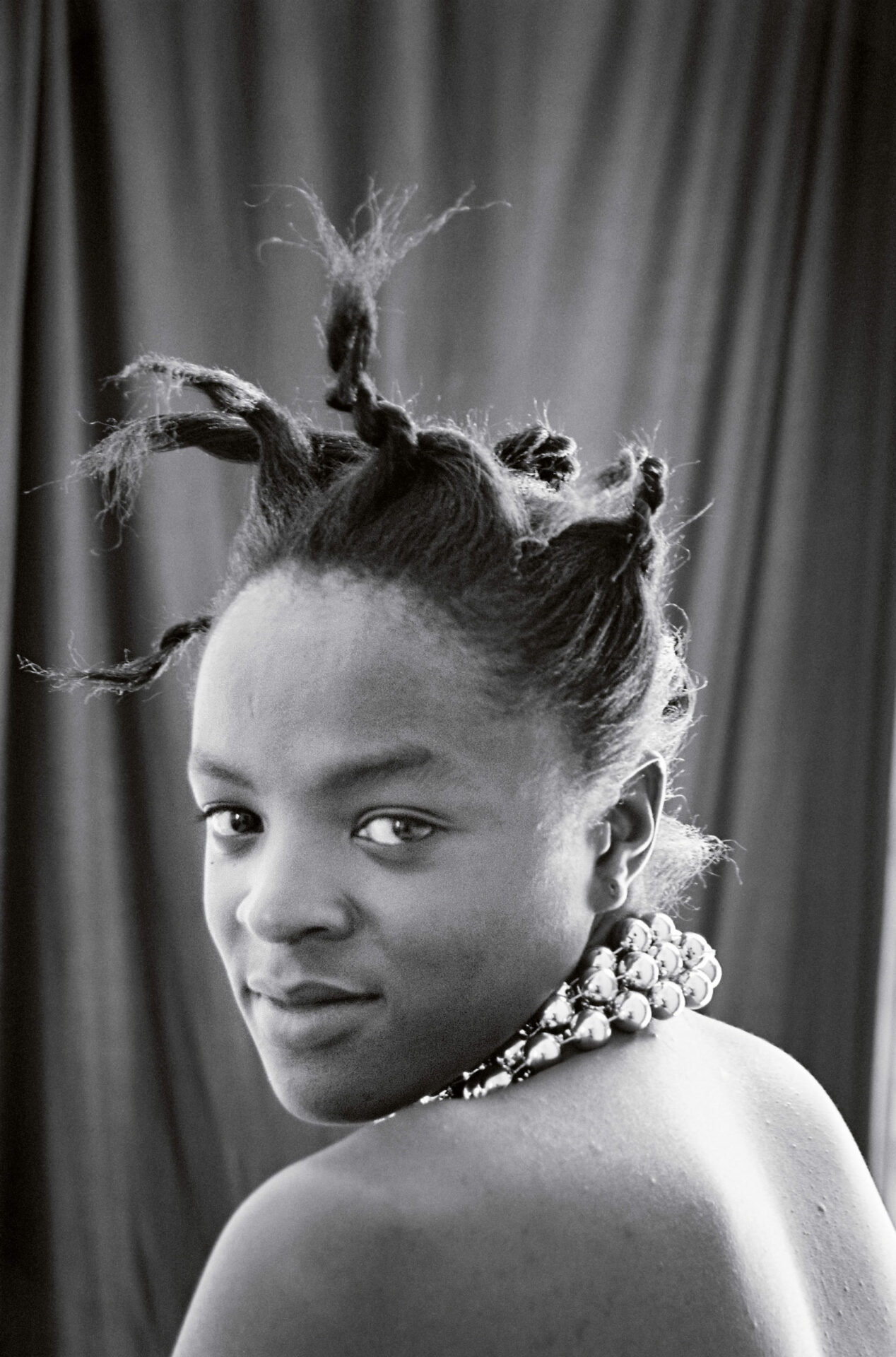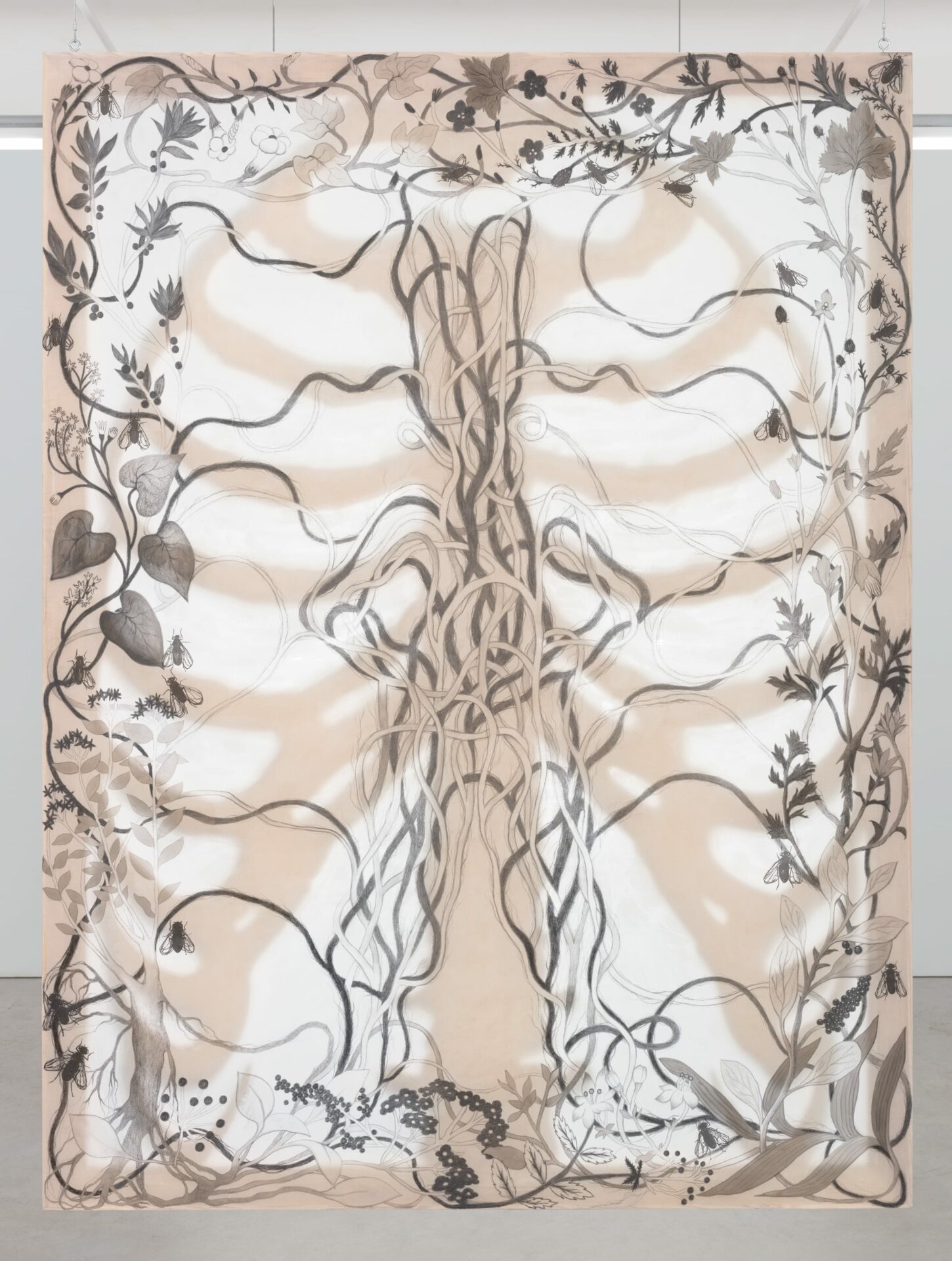… the deadening need to repeat, repeat…
Mike Nelson
The title quotation is taken from Nelson’s correspondence with Rachel Withers in which he discusses his work as an artist and builder engaged in the “impossible task of recollection and understanding.” Nelson is known for his “autophageous” practice in which he cannibalizes materials from previous works in order to re-assemble and re-interpret component parts within subsequent projects. The shelving pictured here makes up one room within a labyrinth of others nestled inside Nelson’s 2001 Turner Prize exhibition, appropriately named The Cosmic Legend of the Uroboros Serpent. This immersive installation both contained and was constructed entirely from materials scavenged from Nelson’s previous monumental work titled The Coral Reef shown at Matt’s Gallery in London the year before.
In the photograph’s distance from what could be called syntax one finds the mute presence of an uncoded event.
Rosalind E. Krauss
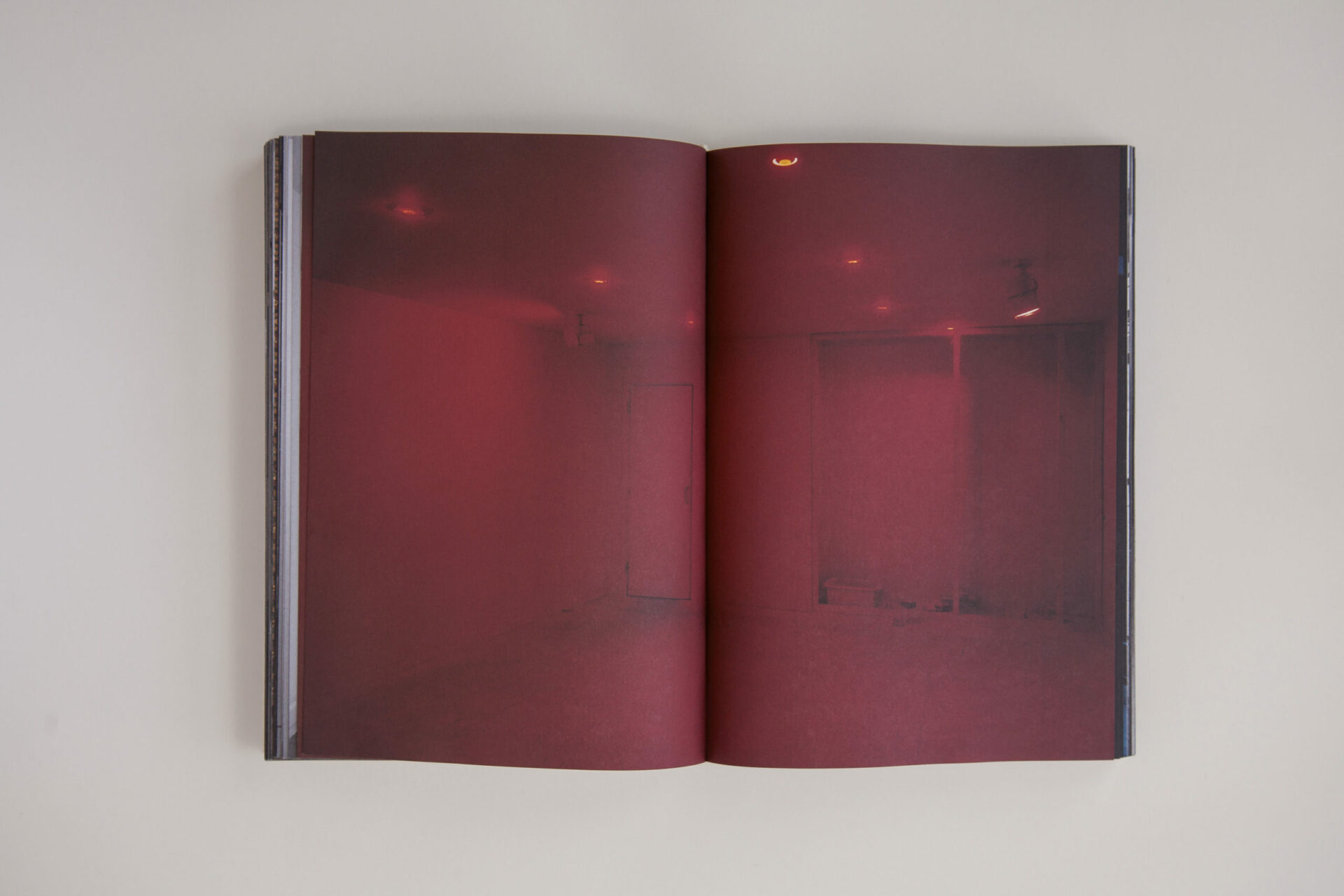
mike Nelson’s books are best experienced as objects — hence their (re)photographed treatment in the pages here. Like the shelves of his Turner Prize Uroboros installation, his publication Magazine (two pages of which you are immersed in as you read this text) acts as a “storage device” to hold visual information and evidence from a series of projects the artist completed between 2000 and 2003. Filled with “uncoded” installation shots (none of the book’s images are directly captioned or identified), the photographs, in a sense, re-enact the confusion of environments and the repetition of visual experiences encapsulated within his many installations.
Nelson’s publications often contain within their pages images that seem at once similar yet different. At times readers might think they are looking at the same installation in separate publications only to discover that they are, in fact, looking at different installations reconfigured using the same materials from previous projects.
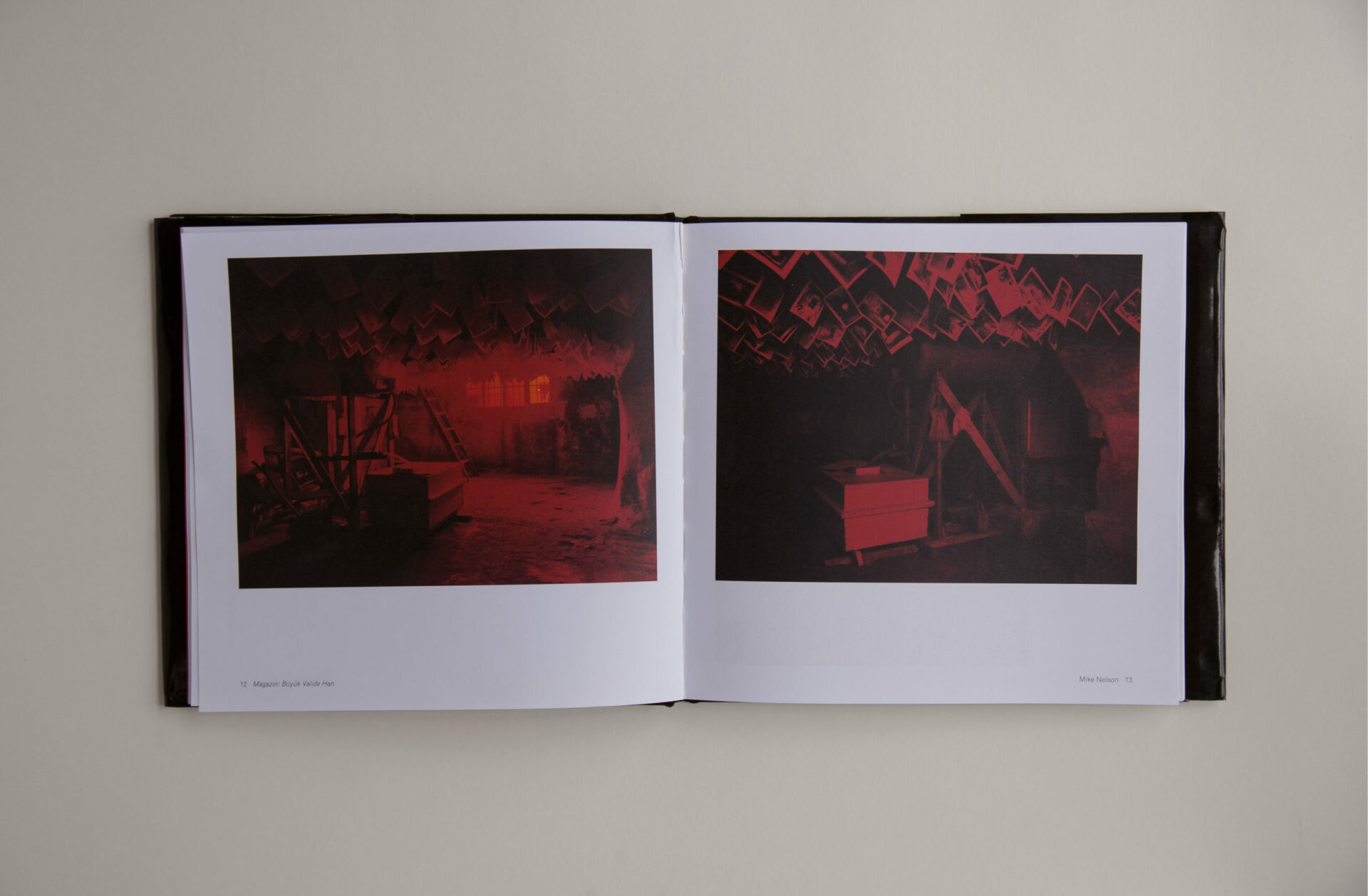
Beginning in the early 2000s, and appearing repeatedly, in ever more complex detail within his architectural installations are the red safe lights used by an unknown and absent photographer whose “mute presence” is discernible only through the traces of what remains. The full-blown construction of an elaborately hidden and fully outfitted darkroom, which is not simply a single room but constitutes the entire installation itself, occurs in Nelson’s 2003 Istanbul Biennial project Magazin: Büyük Valide Han.

Turner Contemporary off-site project, Margate, 2005.
Two years later, another darkroom-cum-camera obscura reappears in abbreviated form within the 2005 Margate installation, which reuses many of the same elements from previous works. Like a deep-hued déjà vu, Spanning Fort Road and Mansion Street is pictured in the same catalogue as its Büyük Valide Han predecessor, causing the reader to flip back and forth between the two interlinked projects.

Spectacularly, in 2011, the entire darkroom first emplaced deep in the rooms of the Valide Han in Istanbul is reconstructed piece by piece within the British Pavilion for the 54th Venice Biennale. In this work, mike Nelson moves beyond just an act of simple re-assemblage. He operates at a grand architectural scale, rebuilding the entire pavilion in Venice in order to re-enact not just the visitor’s original experience of finding the darkroom in the Han, but the sensation of navigating the complex of alleyways, courtyards, corridors, storage rooms, and staircases which preceded the original entry into the deep red interior of the caravanserai.
